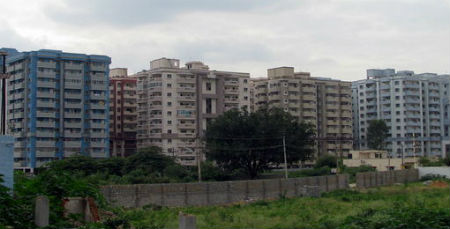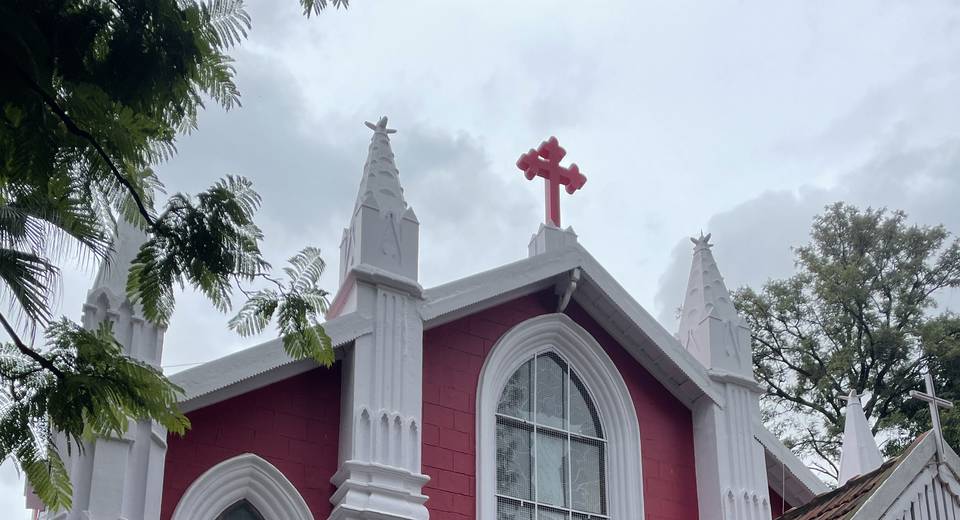No price drop in city apartments, despite remaining unsold
Oct 11, 2019, 11 31 | Updated: Oct 11, 2019, 11 31
Of the 89,761 residential units launched in the city since 2010, about 50,184 units are yet to find buyers. However, if you thought this to be the right time to buy a property, think again. The oversupply in residential apartments shows no signs of leading to a fall in prices.
According to Srinivasa Reddy, assistant vice-president, research, Jones Lang Lasalle (JLL), a global property consultant firm, the number of vacant units in the city has been increasing steadily since 2008.
“The increasing number of nuclear families, migration to metros due to employment prospects, along with natural growth of population, drove the growth of residential real estate sector in Bangalore. However, there has been a demand-supply mismatch, leading to piling inventory,” says Reddy.
The unsold inventory during 2008 was 14,636 units. This increased to 31,369 units in 2011 and further increased to 50,184 units in the first half of 2013.
According to Karun Varma, managing director, strategic clients and new business, DTZ Consultants, a global real estate advisor, there has been a heightened supply of residential space in the past 12 months.
“Properties in Rs3,500-Rs5,000 per sq ft range are in maximum demand. However, because of weak investor sentiments, the builders are not finding enough buyers in this category in the city,” contends Varma, adding that the situation is unlikely to change soon.
Experts say the scenario, wherein maximum sales took place at the time of project launch announcement, has changed drastically over the past two years. “Just because a project has been announced, buyers are not jumping to book an apartment. People are not sure about the completion time, hence they are taking it slow,” says Samantak Das, chief economist and director, research and advisory services, Knight Frank, a real estate consultant firm.
However, the over supply has not led to a reduction in property prices in Bangalore. Though not as high as NCR and Mumbai, prices in Bangalore have risen steadily since 2008-09. “The demand has been steady as against robust supply. As a result, there has been a gradual decline in the percentage of average price appreciation in the city,” points out Reddy.
Reproduced from DNA







